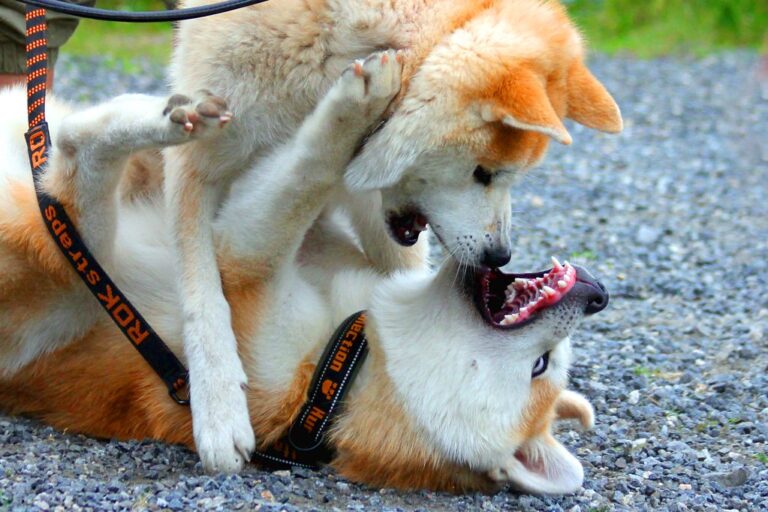10 Things You Should Know About Your Dog’s Teenage Phase
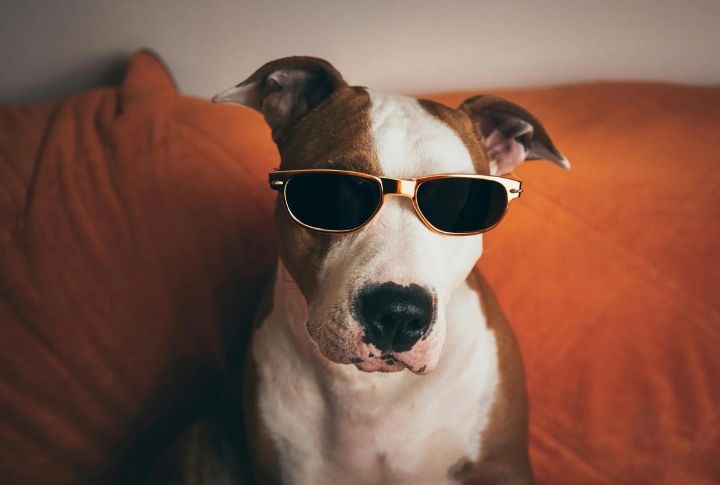
Raising a teenage dog is like living with a four-legged middle schooler. One day, they are your sweet puppy. The next, they are rolling their eyes, if dogs could, and ignoring everything you say. Their behavior may seem unpredictable, but understanding their development helps you confidently handle their antics. Let’s take a closer look at the key things to know during your dog’s teenage years.
Sudden Disobedience

Your dog is not trying to be defiant intentionally, even though it might feel that way. Commands they once followed flawlessly might now be met with blank stares or complete disregard. This stage mimics the human teenage phase, where independence takes priority over listening to authority.
Excess Energy
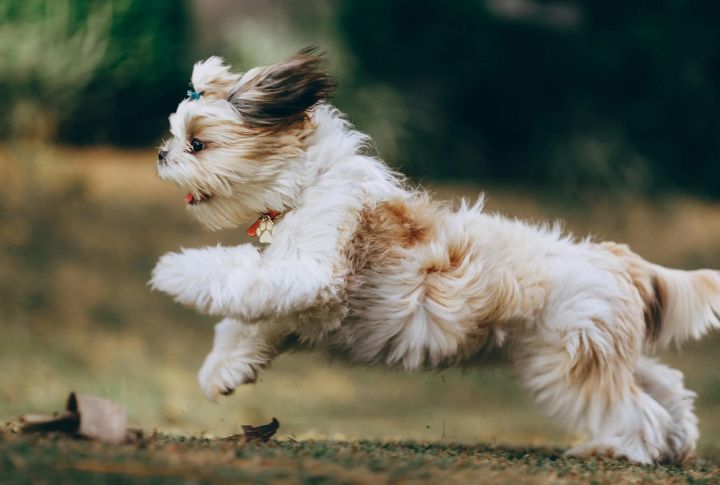
Adolescent dogs have a surge in energy that can feel endless. Their growing bodies and active minds require plenty of stimulation. Without it, they may channel their energy into destructive behaviors. A mix of moderate exercise and mental challenges keeps them engaged without fueling an endless cycle of hyperactivity.
Chewing Everything

Even though the puppy teething phase has ended, adolescent dogs continue chewing as a way to relieve stress or discomfort from developing jaw muscles. This behavior is a natural part of their growth but can be destructive if not managed properly. You can try rotating different types of toys to keep their interest.
Bad Habits
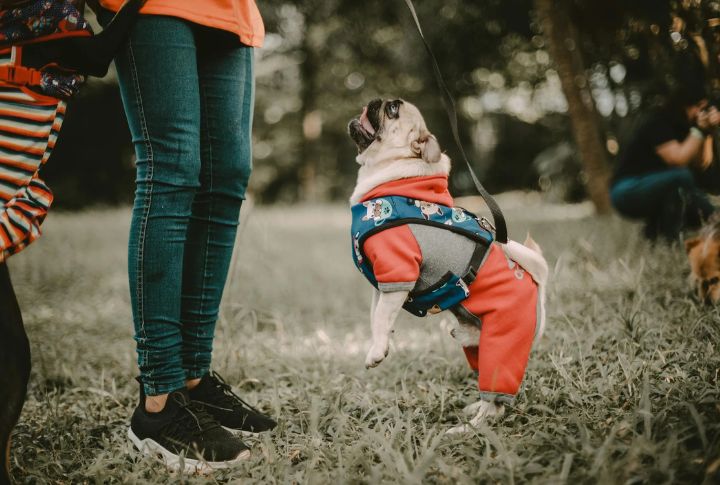
Behaviors that seemed under control during puppyhood can resurface with new intensity. Jumping on guests, excessive barking, leash pulling, and counter surfing are everyday habits that adolescent dogs test. The regression is not a sign that training failed but rather a sign that consistency is still needed.
Random Fear

One day, your dog is terrified of an object it has seen a hundred times before. This fear period is a normal developmental stage that many dogs go through. Loud noises or even people wearing hats can suddenly seem scary to them. The best approach is to avoid forcing them to confront their fears.
Testing Boundaries

Teenage dogs love pushing limits. They may start ignoring rules they once followed, such as staying off the couch or not begging for food at the table. This behavior is part of their attempt to test leadership and establish independence. If rules are inconsistently enforced, they will take advantage of any loophole.
Hormonal Changes
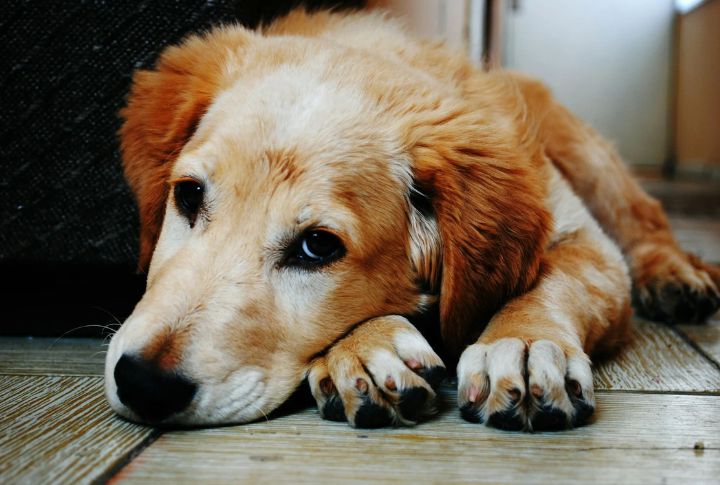
Adolescent dogs experience hormonal shifts that can impact their behavior, much like human teenagers. This leads to mood swings or a lack of focus during training. Unneutered males may become territorial, while females may show increased sensitivity or restlessness. These changes are temporary but require patience and understanding.
Socialization Setbacks
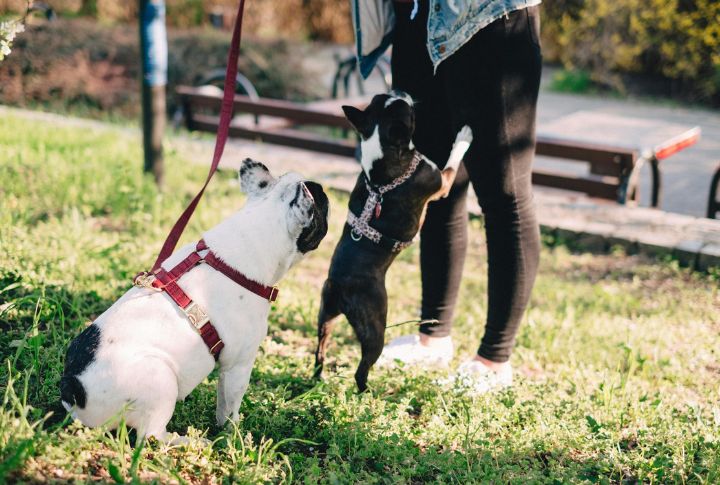
A dog that was once friendly and eager to meet new people or other dogs might suddenly become shy, reactive, or overly bold. This change is standard during adolescence and can be frustrating for owners. Socialization should not stop after puppyhood. Continued exposure to different environments and animals reinforces positive interactions.
Training Tips To Regain Control

Training an adolescent dog requires patience and flexibility. Their attention span may be shorter, so keeping training sessions brief but frequent prevents frustration. Using high-value treats or favorite toys keeps them engaged. Also, why not practice obedience in different settings to reinforce commands under various distractions?
Changes In Sleeping Patterns

As your dog enters their teenage phase, their sleeping patterns may change. They might start sleeping more during the day and become more restless at night. This change is often linked to hormonal shifts and increased energy. Providing a quiet, comfortable space and establishing a consistent routine can help your dog adjust.
